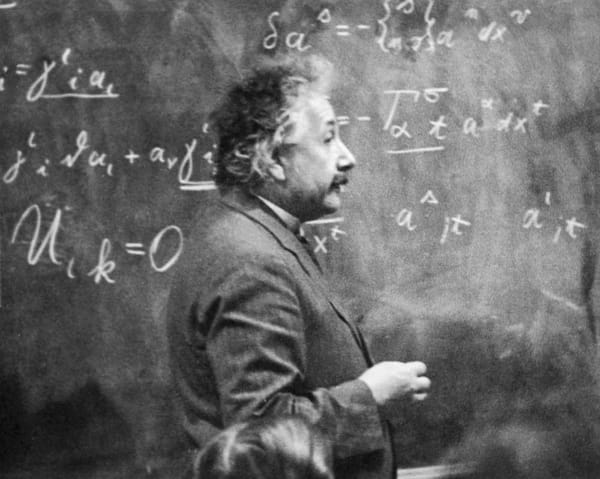Computer imitates human brain
Artificial brains move one step closer to reality
Despite computer processors being able to operate at speeds of up to ten thousand billion (1013) bits per second they are outperformed in many tasks by the human brain, the neurons of which fire a mere thousand or so times a second. This is because modern machines are only cable of so-called ‘serial bit-processing’; meaning that calculations only occur one at a time. Each neuron in the brain, on the other hand, can communicate with up to a thousand others each time it fires, allowing for a great degree of parallel calculation.
Last year, however, scientists from the Japanese National Institutes for Materials Science and ICT as well as Michigan Technological University brought us one step closer to creating a computer which replicates the functionality of the brain by laying down an array of three hundred 2,3-dichloro-5,6-dicyano-p-benzoquinone (DDQ) molecules on a gold substrate. Each molecule can exist in any one of four electrically conducting states, which are initially set by applying a voltage using the tip of scanning tunnelling microscope, and can connect with up to six neighbouring molecules. In a recently published article the team of scientists call this ‘one-to-many interaction at a time’ – similar to that found in neurons.
300 molecules continuously exchange information among themselves to generate the solution
The system therefore forms a Cellular Automaton, a concept developed by the famed mathematician John von Neumann. In this model each DDQ molecule is a ‘cell’ whose state changes with time depending on the states of neighbouring cells and based on a set of well-defined rules. This changing of states over time can be used to model mathematical problems. The team summarise the process by saying that the “300 molecules continuously exchange information among themselves to generate the solution” to a question.
The team has already been able to create an AND logic gate as well as model diffusion and the mutation of normal cells to cancer cells using their system. The teams says that they believe that a “generalization of [the Cellular Automaton principles] would change the existing concept of static circuit-based electronics and open up a new vista of emergent computing using an assembly of molecules”. DOI: arXiv:1110.5844v1







